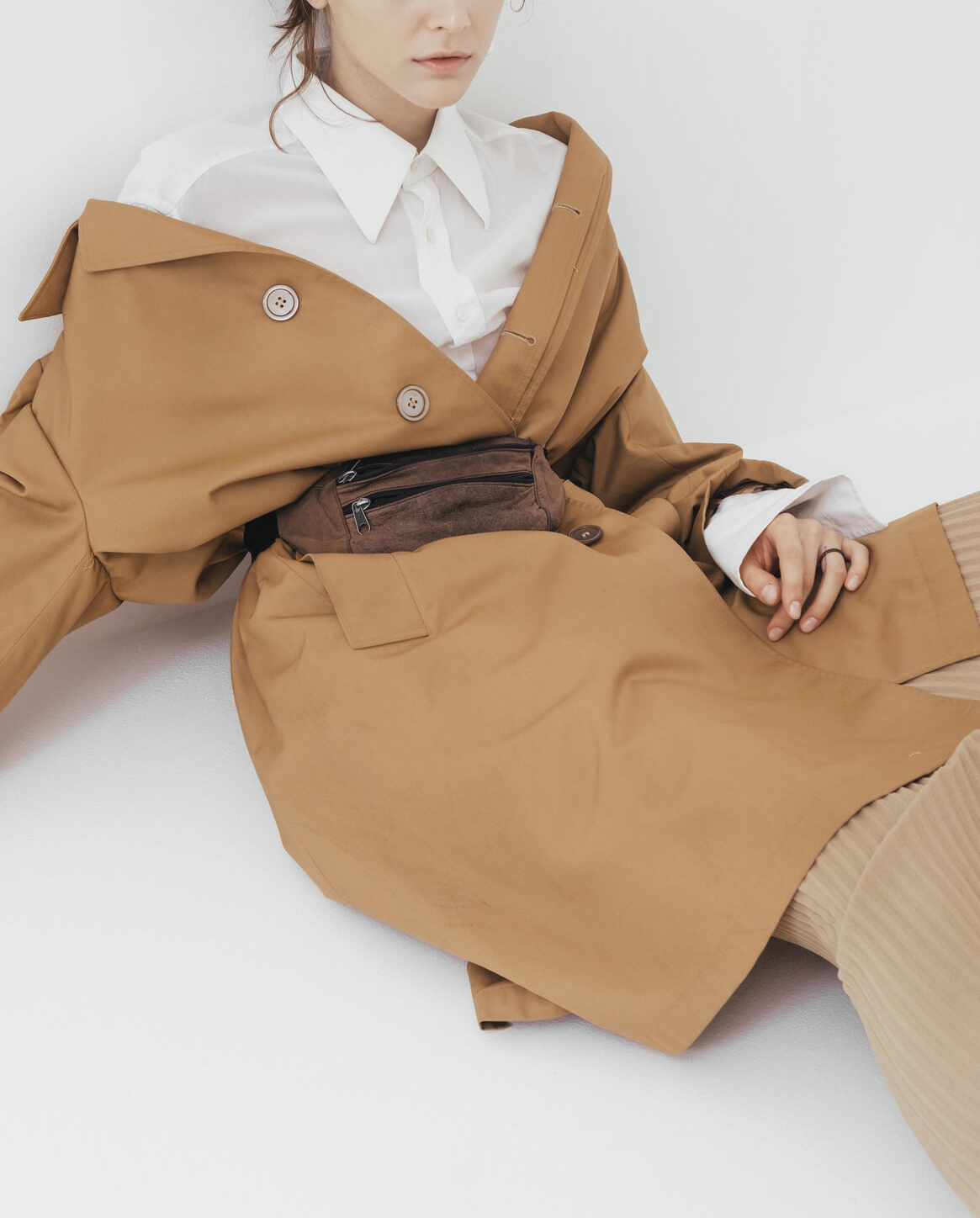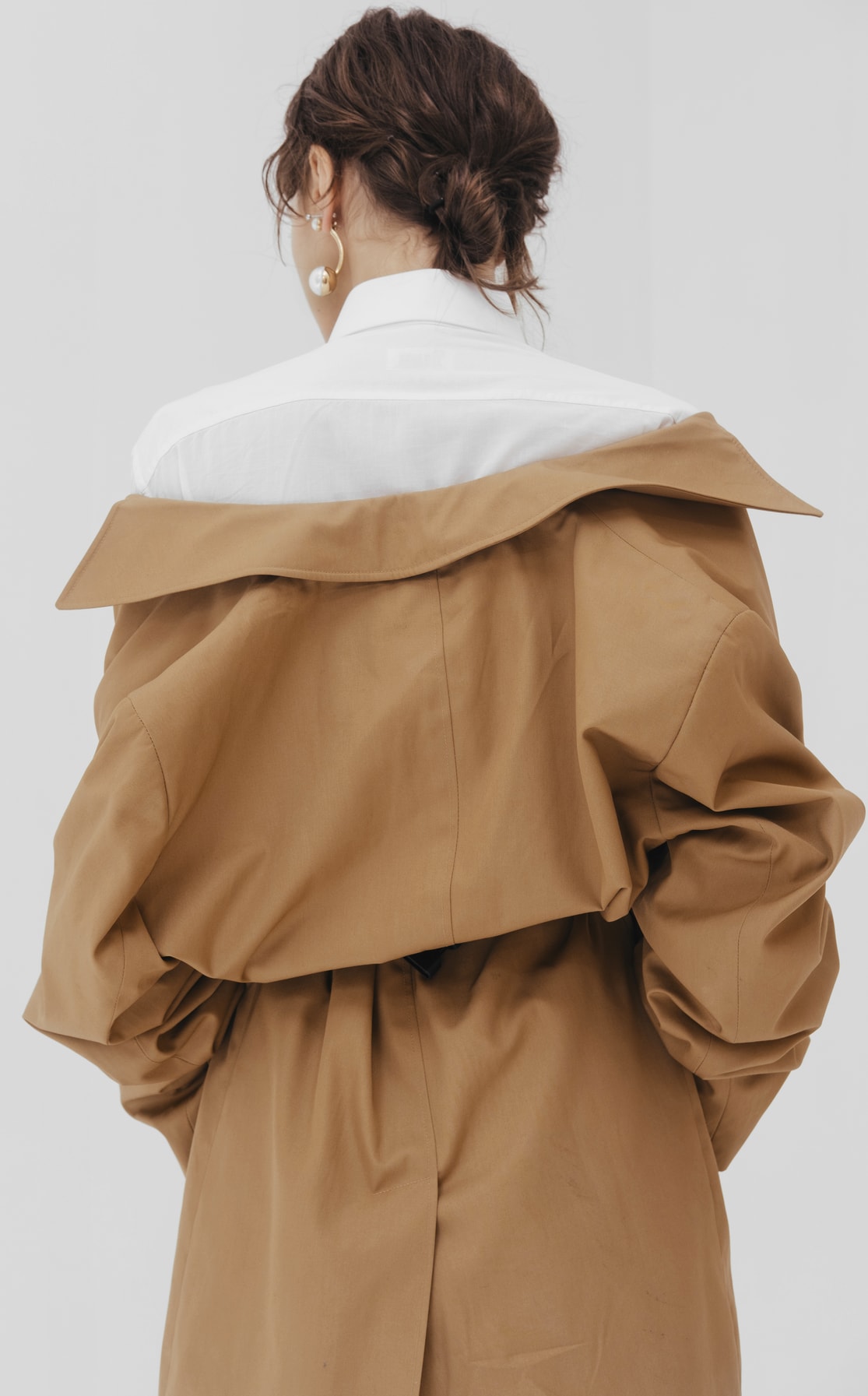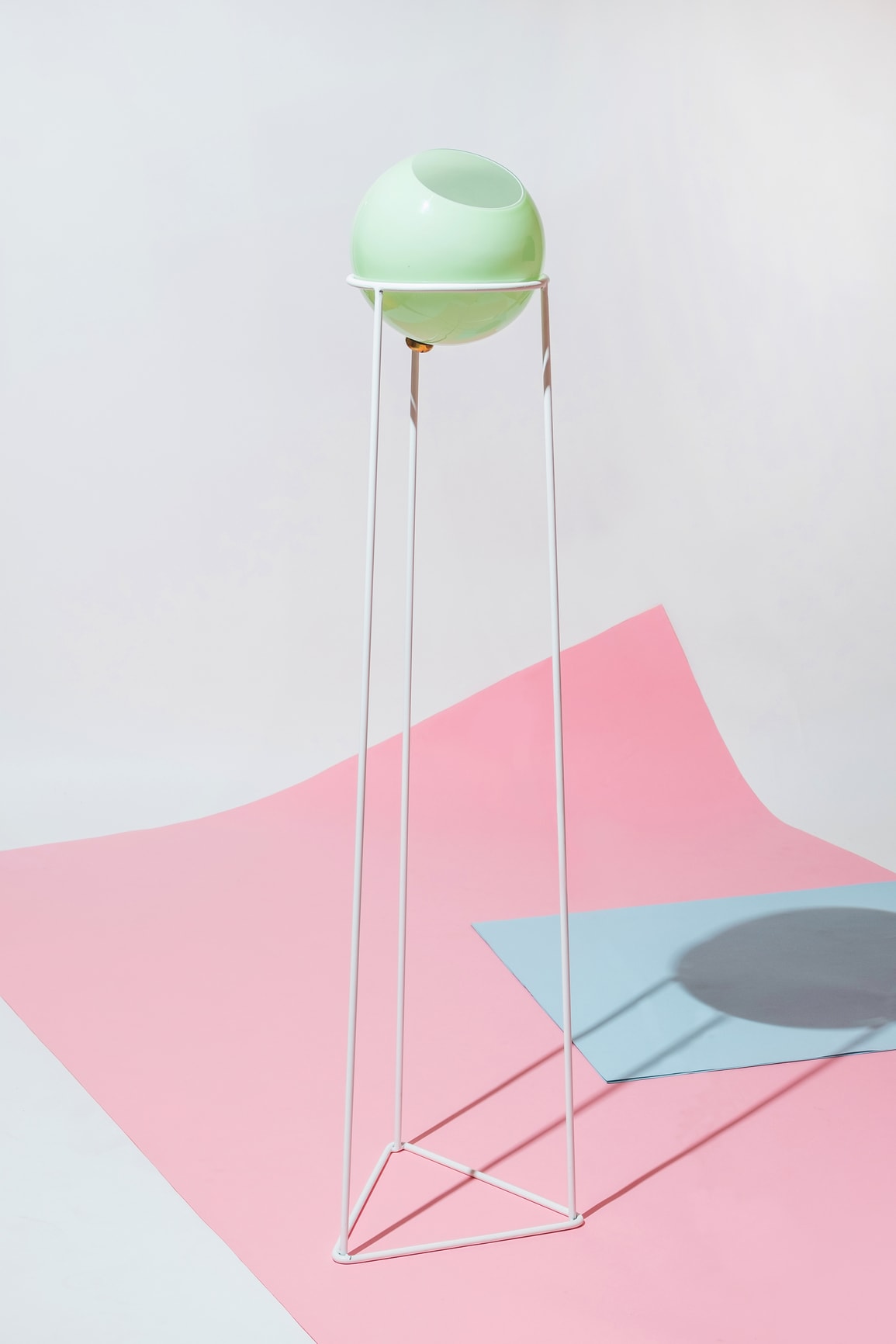Make Content You Want to Get Paid For

-
Getting Started
- Feb 28, 2018 Introduction to PeopleMap
- Feb 27, 2018 Analyze
- Feb 27, 2018 Profiles
- Feb 26, 2018 Search
- Feb 26, 2018 Lists
- Feb 26, 2018 Stats
- Feb 26, 2018 Campaigns
- Feb 20, 2018 Account and Billing
-
Guides for Agencies
- Feb 12, 2018 List Building for Talent
- Feb 11, 2018 Community Management
-
Guides for Brands
- Feb 14, 2018 Find Influencers by Location
- Feb 14, 2018 Find Brand Ambassadors
- Feb 14, 2018 Find Micro-Influencers
- Feb 13, 2018 List Building For eCommerce Brands
- Feb 13, 2018 Tracking Influencer Campaigns
-
Guides for Everyone
- Feb 17, 2018 Grow Your Instagram Community Authentically
-
Guides for Freelancers
- Feb 10, 2018 Find Freelance Clients
-
Guides for Influencers
- Aug 28, 2019 Find Brands to Work With
- Feb 17, 2018 Pitching to Micro-Brands
- Feb 16, 2018 Make Content You Want to Get Paid For
- Feb 16, 2018 How To Create Case Studies
- Feb 15, 2018 The Power of Collaboration
Guides for Influencers
Make Content You Want to Get Paid For
What's a Micro-Influencer? Any influencer who has 500 – 2,000 highly engaged followers around relevant topics. FYI, check your Average Likes Per Post with a free trial on PeopleMap.
If this is you, you’ve done it! You’ve beat the threshold to consider yourself a micro-influencer. Woohoo! This means you can start attracting brands that not only want to work with you, but who you want to work with as well.
Where do I start?
If you’re reading this, then you’re probably asking... “Wait, how?”
How do I attract brands I want to work with?
How do I show my capabilities?
How do I work with brands without sacrificing engagement?
First and foremost, consider spec work. Photographers and makeup artists do this all the time, and is a great way to show a brand you’re serious about content creation. The fastest way to stand out is by pro-actively creating and defining your brand aesthetic with non-paid (aka. spec) work. Keep the brands you want to work with in mind so that it’s a no brainer, but experiment with ways to level up their brand (and yours). That’s what they are all looking for!
Second, in order to market yourself and grow accordingly, you need to up your content game. Selfies are great and you can do a lot on your own, but working with another talent will make your content stand out. You have to show brands that you have the means to create and execute on a professional level… that’s worth the extra 💰💰💰.
1. What is your brand direction as an Influencer?
Before you begin creating spec work, start with who you are and what you're all about. This will help you ideate the content you want to create as well as the brands that would fit. Plus, it's a little introspective exercise that you should constantly be doing as you evolve your brand.
We tapped our gal pal Alex Michael May (@alexmichaelmay) — Creative Director, Vlogger and all around badass to give us insight on how she thinks about her brand as an Influencer. Haha, it's not just "start earning money". She's actually pretty thoughtful about these questions and that attention to detail manifests in her work.
The numbers show! In 2018, Alex has grown her engagement rate and average likes per post over 200% (check out her profile in PeopleMap). Scroll back in her feed and you can also see that her level and consistency of content production has skyrocketed. What is key and what we think most influencers miss, is the why, what, and who. Why are you doing this, what is your motivation, and who is going to come along for the ride?
Why do you want to be an Influencer?
“For me it is the current best (or highest evolved) incarnation of the amalgamation of my skills, innate talents, desires and passions. It combines so many of the things I’ve picked up along the way: speaking, writing, creative direction, styling, producing, etc. It also challenges my previously suffocating shame-based core belief that I’m not good enough.” — @alexmichaelmay
What’s your story? What’s inspiring you to start?
“Growing up I’ve always been a “performer” and knew it was my natural state but as I got older and suffered trauma it kept getting buried deeper and deeper within me. I became a shell of who I was because I was not living my authentic existence. It was this conundrum — who I knew I was and what I felt called to do, but yet truly believed I was incapable due to my own lack of self confidence and perception of societal standards.
I’ve always known I was here to serve and help people. I think one of my biggest gifts is empathy and I have a strong desire to love and encourage.” — @alexmichaelmay
Find your niche.
What are you taking a stand for? What do you believe in?
“Fashion and beauty are tools I currently use for several ends: (1) money to be able to make this sustainable which allows me to focus solely on content creation and have presence with every creative brief, and (2) as a shiny object to draw people in in an approachable way.
Once they’re there, I get to talk to my community about bigger issues. How we present ourselves says SO much about who and where we are in our journey to self acceptance and love. So in a way, when you’re comfortable being seen as you truly are, and you’re not worried or self conscious about that, you can go out and do what YOUR gifts call or encourage you to do.
That’s what I in turn hope to do for others, because sometimes people just need a spark.” — @alexmichaelmay
Your turn! Answer these three questions and DM or mention us in stories (@peoplemap.co). We would love to know!
2. Define your Goal for this Shoot
Ok! Now that we’ve done a lot of unpacking, let’s get on with your first spec work project (aka your next few Instagram posts). What is the goal of the shoot? Is this for your feed? Are you executing a brand partnership? Did you get gifted product? Are you trying to get noticed by a brand? Figure out what you are trying to get out of a shoot before you begin.
Why, you ask?
If it’s for your feed and you’re not trying to get noticed by a brand, then keep doing what you’re doing. But if you are trying to embody a look & feel of a brand that you want to notice you, you’ll need to make sure you have everything you need to execute a shoot in that way. And that can range from prop styling, location scouting, and maybe even hiring a photographer with the specific look you’re going for. Think about what a brand would do to produce a shoot, then roll up your sleeves and figure out how you can do it with a “tight” budget. Let’s be real, no budget 😉.
If you’re trying to get product shots vs. lifestyle shots, you may need lighting, a studio set up. These may seem like minute details, but brands notice.
Knowing exactly what you want to get out of a shoot will allow for more experimentation. If you create a shot list, moodboard, and prep before the shoot, you’ll have more time to explore new ideas on set.
3. Research
If you’re shooting to get noticed by a brand, you have to create work that stands out. It’s about being more intentional in shoots vs. just going out and seeing what happens. Show, don’t tell.
"If you’re shooting for trade, figure out what your must haves are. For example, if you’re shooting with a brand like JCREW and you know they want you to shoot a t-shirt and shorts, while incorporating pink tones, then you have your constants." — @alexmichaelmay
Now this is where you can get creative. Research the brand with those constants in mind. Look at their instagram account and their website. Find the overlap between who they are as a brand and who you are as an influencer. Once you find those commonalities you can apply them to what you want to achieve.
Check out Find Brands to Work With and start building your lists using PeopleMap.
4. Moodboarding
Once you know what your goals are, you can go into what you want to evoke. Is the vibe cute? Cool? Fun? Edgy? Should the lighting be dark or shadowy or high contrast? Once you land on the mood, you can apply that to visual research. Ahem, and it is research. It’s okay to use other work as inspiration and a tool for learning, but always take the extra effort to make it your own.
Learning how to visually communicate your idea is essential when pitching campaign work. Dream job — getting paid to creative direct and be the influencer. Hello Margaret Zhang!
Create your Moodboard using PeopleMap
Finding inspo on Instagram is a favorite pastime of ours, which is why we created Posts Lists on PeopleMap. It works similar to Collections in Instagram, but on a desktop, you can drag and drop those images onto your final moodboard (eg Photoshop or Google Slides).
Search for an influencer or brand you like on PeopleMap and find one of their posts that really speaks to you. Click it to open the Post Detail Panel.
Click the Add to Post List button and create a List called Moodboard
Repeat steps 1 and 2 until you've got a good Moodboard list going.
Once you have an aggregate of 15 - 20 posts, take a screenshot and use that as a reference when pitching yourself and your ideas.
All the posts will show as an image grid, so you'll have a visual diary. And you can always click any post to open its detail panel in PeopleMap.
5. Production
Once you create a moodboard, get the production elements in place and create a document with everything. We love Google Docs or Sheets for this. Figuring out your collaborative partners is KEY to creating a successful shoot.
Photographer
Equipment
Date and Time
Locations
Other Talent
Wardrobe
Hair and Makeup
Shot List
Snacks and Food
Who is shooting this?
Can you shoot yourself? If so, great. You don’t need to hire a photographer. If not, then look into photographers that shoot in the style you want to. Our list building tool within PeopleMap is a great way to find Photographers you like, while keeping them all in one place. The Save tool within Instagram is also a great way to organize photographers you want to work with - now, or later.
Will you need another set of eyes on this? Maybe instead of hiring a photographer, hire a DP. They’ll be able to help you with lighting and camera angles that you had no idea existed. Make sure to take notes so that you can learn how to do this next time.
What equipment do you need?
Will you need multiple backdrops?
What props do you need? When will they arrive?
Will you need a mic for video content?
If you’re doing this yourself, will you need a tripod?
Do you need extension cords?
What time of day?
How long will this be? If you’re just starting, try to stay under 4 hours. Everyone gets pretty tired after that.
This is so important, yet really only matters if your shoot is taking place outside. If you’re in a studio, the time of day doesn’t really matter because you’ll be able to control your lighting. The way the sun hits the earth when it’s rising is a whole lot different than the way it hits when the sun is setting. Article: Taking photos in Natural Light
What are your locations?
Is it a studio or outdoor?
If it’s outdoor, do you need a permit?
If it’s a studio, make sure you rent more time than you think you’ll need. Shoots always tend to run later rather than earlier. Plus, you want time to un-pack and pack.
What’s the parking situation? Can you unload and load your stuff? If you’re driving around and shooting, where can you park to change outfits?
Is there Other Talent?
Will other models/subjects be involved? Or will you be the talent for the shoot? If other talent is involved, make sure to create a call sheet (or call email) with the specific location, wardrobe and timing details.
What is the Wardrobe?
Do you need a stylist?
If not, how will you be pulling clothes for the shoot?
TIP: This is where your moodboard can really help! A few weeks before the shoot, start emailing local boutiques or brands and send them your moodboard. Ask them if you can pull for the day. It really helps to have a relationship with them before you ask so it’s not just out of the blue. So be social, make friends!
What will your outfits be? Take photos of the clothes and moodboard them together. If you’re just starting, try 2-3 outfits. Once you have a good cadence with your team, you’ll get a better idea of what you can handle.
Hair and Makeup?
Do I have a lash girl?
A spray tan partner?
Will I need a glam squad for this?
If you have specific looks, do you have a moodboard?
How much time do you need?
Do you have a Shot List?
Make sure you have key shots in mind before going to a shoot. There’s obviously room for improv, and inspiration can hit at any moment, but it’s nice to have the general outline figured out so that the foundation is strong. The result can be a bit of a surprise, but it will feel like you.
Snacks and Food
Hello! The most important!
6. Day of the Shoot
It’s here, it’s here! You’ve planned and gathered and discussed and now is the time to produce.
Be the first one at the location. Make sure you have all the things you need so that when everyone else arrives you are as prepared as possible.
Quick check-list:
Music - get those vibes going
Get the steamer going. Lay out the wardrobe.
Water, snacks, food!
Lay out the props.
Have your moodboard and shot list ready. Print it out if you can.
Figure out the WIFI password, you know people will be asking.
Have fun on the shoot, but watch the time. You want to make sure that you have enough time for your shot list. And, if you can, document the process and share with your audience! That’s content on its own. 👍🏼
7. Post Shoot
Getting photos, sending them off (let’s say you’re not working with brands), creating a campaign!
Yay! The shoot is done! Make sure you communicate to the photographer when you need the photos by. Sometimes, influencers will edit the photos themselves so they can achieve their look. Have the photographer transfer your images on to your external hard drive.
If you’re working with a brand, make sure to send them your selects two weeks from receiving product via Dropbox, Google Drive, or WeTransfer. Let them know which photos you are going to post and when, so they can be on the lookout and hopefully post or instagram story your photo at the same time.
TIP: Set up a campaign in PeopleMap before you post so you can see if it performs well. If it does, you can use this as a case study to pitch brands and negotiate higher value deals. Check out Stand Out: Start Building Case Studies and start building your case studies using PeopleMap.
8. Your Style Formula
Build a formula that works for you. It’s nice when you have a group of people you like to shoot with because you vibe and have a certain style when shooting. It’s like creating a little ecosystem of your own team, which can help with your aesthetic as well. If you’re not 100% happy with it at all, keep trying until you get there. Watch this video with Ira Glass on the Creative Process.
Just remember this. It’s about owning all of who you are. The flaws. The perceived flaws. The strengths. Being able to own it and be comfortable with it. This will set you apart.
Have fun!





